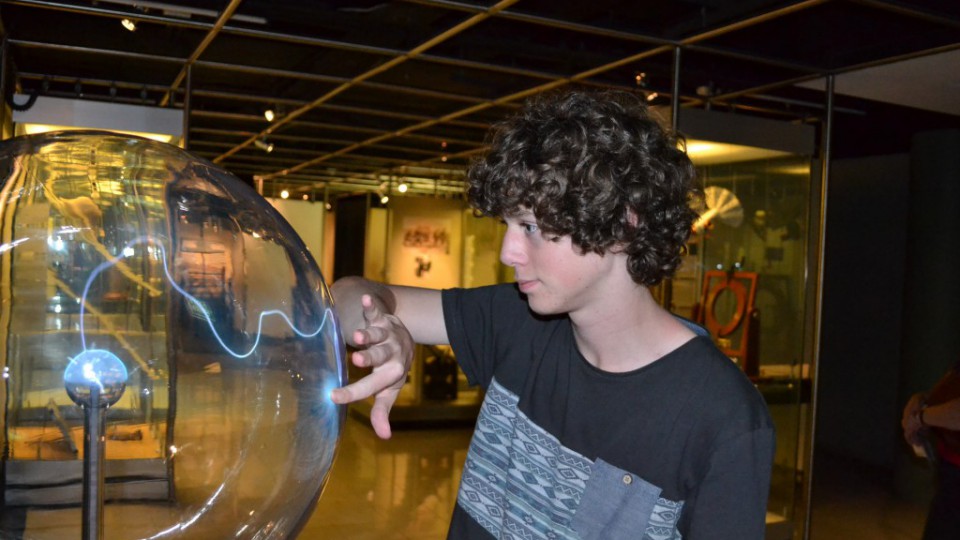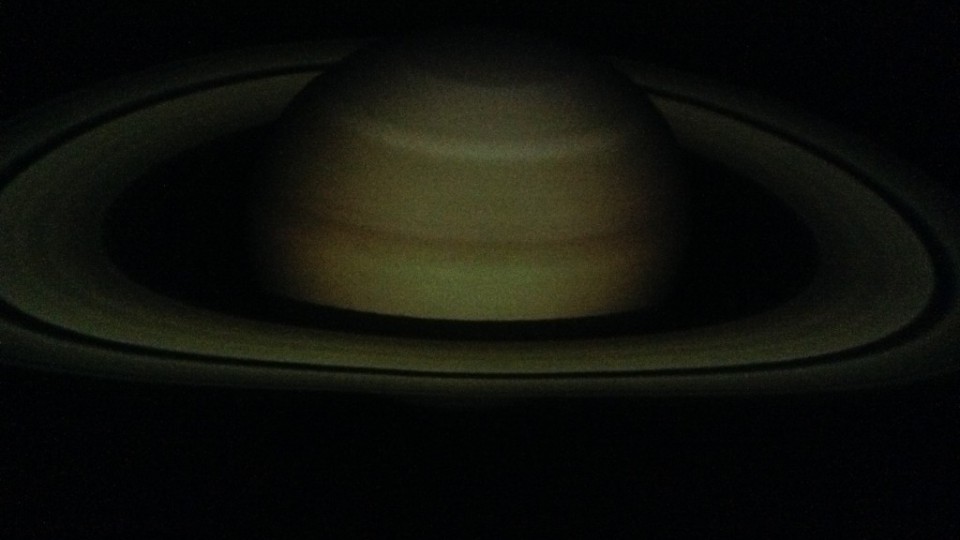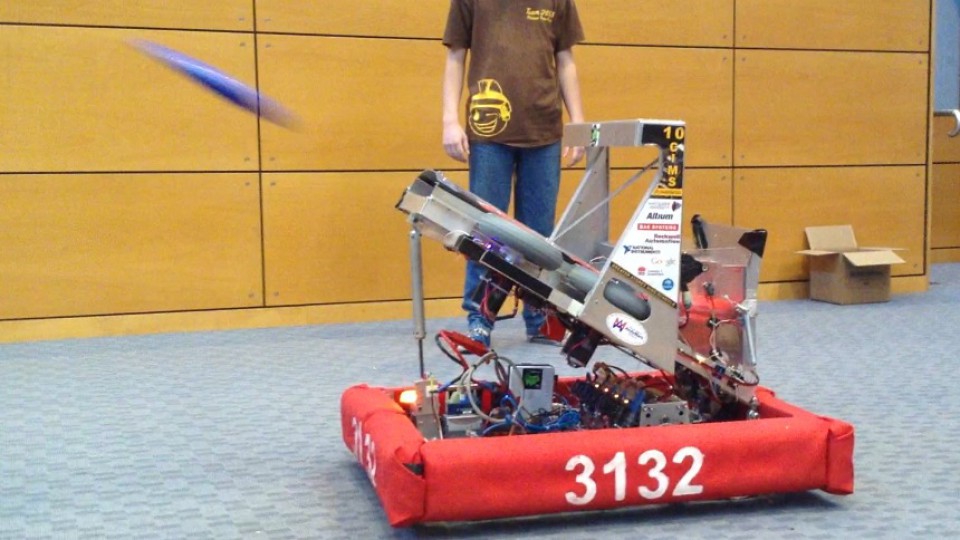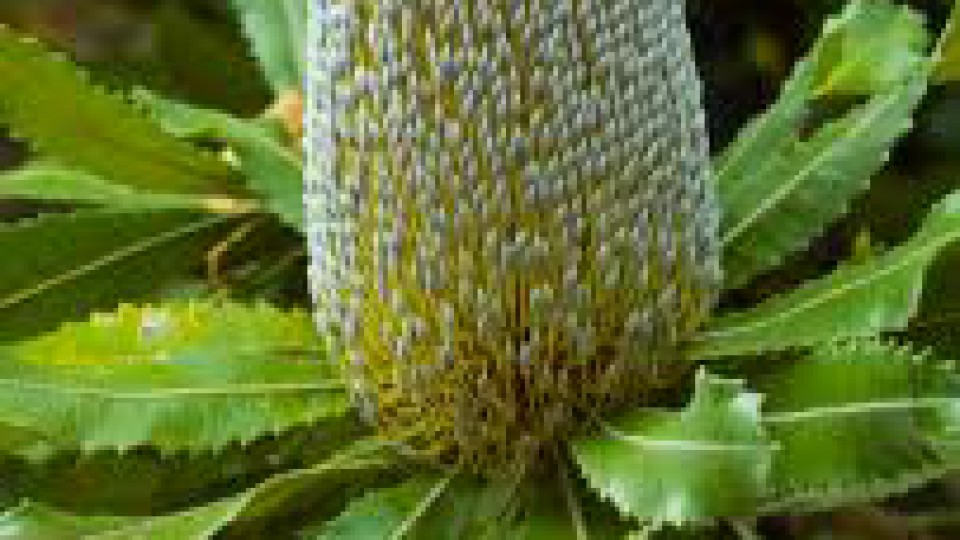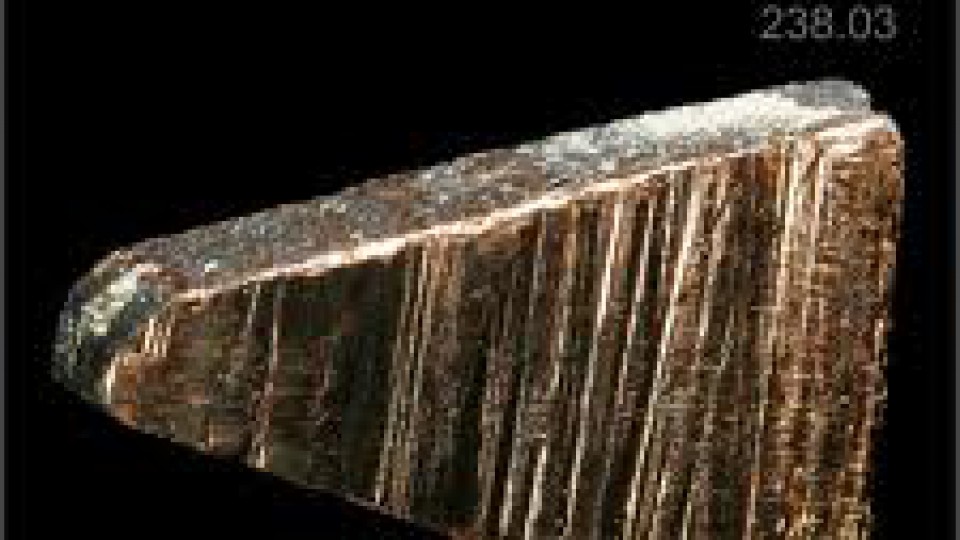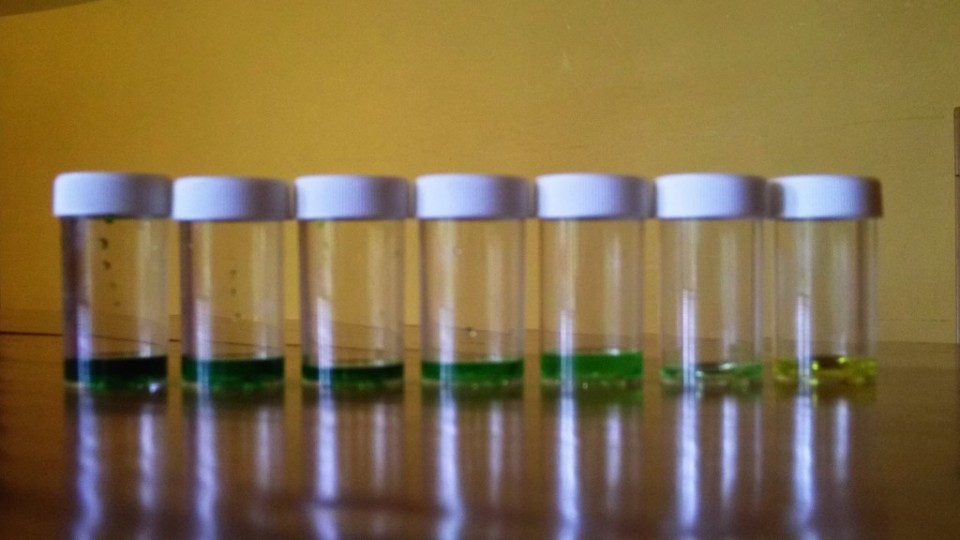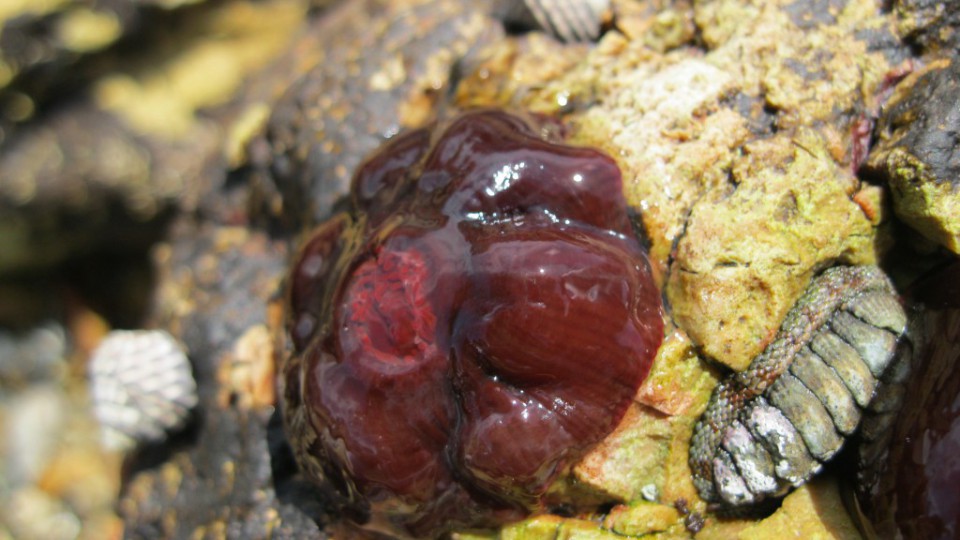From Tim and family
At the beginning of this year we went to Sydney and visited:
Aquarium at Darling Harbour
Powerhouse Museum
Museum of Human diseases at UNSW (How to survive a Zombie apocalypse exhibition)
Madam Tussauds waxworks (to see Albert Einstein !)
Mt Annan botanical gardens Plant Bank
Dr Who exhibition at the ABC
And at the end of last year we also went to Canberra to Questacon.
Category: Programs & Events
30
Jan2014
By Misko:
Just some brief feedback and thoughts about the Science Experience that Garry and I attended.
The Science Experience was definitely interesting and there were challenging parts. The course was set up to be a bit of an introduction to the university experience. Each day we would engage in a series of practicals and lectures, ranging from determining the blood type of different individuals to a lecture on the mathematics behind the flight of a bullet. I would have to say my favourite parts of the course was the lecture given by Dr Helen Paterson on Forensic Psychology and a lecture presented by Dr Kendall Bailey on Forensic pathology. All the practical activities were very enjoyable including the activities run by YSA. However, some of the other lectures given, did not generate near as much interest. I believed the course was well suited to my age, there were younger participants present who handled it well. Overall I would give the course a 9.5 out of 10 only slightly brought down by the slightly more dull lectures. I would defiantly recommend it as a course to undergo.
23
Jan2014
By Jade:
On the third and final day, we began with two lectures. The first was from Associate Professor Joanna Jamie who is a bioorganic/medicinal chemist and the Deputy Head of the Department of Chemistry and Bimolecular Sciences at Macquarie University. She spoke about the legends behind plants as well as plant histories, toxins and their medical uses. Our second lecture was from Culum Brown, an expert in fish behaviour and specialises in cognition. I found this lecture especially interesting as it proved a lot of theories and myths (most of which I believed) to be incorrect.
After morning tea, we were introduced to 3D printing and design software. The activity combined engineering and technology with environmental principles. We worked in teams to create a structurally sound and appealing construction out of hexagonal pieces of cardboard and connecters. This was surprisingly challenging.
After a provided lunch, we all took part in “the egg drop”. Each group was given 20 straws, 1 metre of masking tape, a handful of elastic bands, 1 sheet of newspaper and obviously an egg. We had to make a structure and/or some form of protection to prevent our egg from breaking as we dropped it from increasing heights. We were given a few rules and then had 20 minutes to plan and construct our structure. We made a parachute to minimize the falling speed and made a basket of straws to provide extra protection as it hit the ground. Out of the nine ... Read More
22
Jan2014
By Jade:
We started the second day of the ConocoPhillips Science Experience with a lecture by Professor Mariella Herberstein. Mariella is the Head of Department of Biological Sciences and leads the Behavioural Ecology Research group at Macquarie University. Her lecture focused on spider behaviour and evolution as well as briefly mentioning a variety of Australasian invertebrate species from mantises to assassin bugs to harlequin bugs to grasshoppers.
We then ventured through the university to the indigenous science activity where we made a stone axe. We hand-sharpened stones to make an axe head, bent plants around the stone for a handle and finally made string from fibres and collected sap from trees to attach all the pieces.
Later in the day, we proceeded to the astronomy activity where we took a tour of the Milky Way Galaxy inside a blowup planetarium. We looked at all the planets, their moons, supernovas, merging galaxies, constellations and nebulas. (Photo of Saturn taken inside planetarium)
After lunch, we headed to a laboratory where a variety of chemistry experiments had been set up for us. In the first experiment we made slime by combining poly (vinal alcohol) with a sodium borate solution and food colouring. We then rotated to an experiment, which demonstrated how chemical reactions either release or absorb heat from their surroundings. Another experiment was making a continuous nylon thread from the interface of two liquids. Our two group leaders then demonstrated how to make elephant toothpaste by combining ... Read More
21
Jan2014
By Jade:
Following is a recount of my first day at the ConocoPhillips Science Experience, which was held at Macquarie University from 15th – 17th January 2014.
DAY 1:
After registering and playing a few initiation games we took a short walk to the state-of-the-art Macquarie University Hospital where we learnt about zebra fish and how they are being used for research in finding a cure for Motor Neuron Disease. We also looked at human heart rates and blood pressure, discussing how and why these change. We then visited a dummy that has a heartbeat along with the ability to breathe, cry, sweat and blink.
The second activity of the day focused on lasers. We used spectrometers to determine the wavelengths of light and used a laser machine that drew on the wall as we moved it. We had a lot of fun sending messages through light and I was surprised at how technical working with light can be.
After lunch, we then moved to our final activity of the day - robotics. Here we learnt how to program a robot. We were then challenged to a race; however, our robots were not allowed to move on wheels as was previously demonstrated. We were given only straight pieces of lego to construct wheels that would still enable our robot to move. This was very challenging.
For the rest of the afternoon we made our way around a science expo displaying ... Read More
10
Jan2014
By Lachlan:
Today was the third and final day of the CSIRO boot camp, North Ryde, Sydney. When all twenty five of us had wandered in, a botanist, who had been applying Mendel's laws of segregation to Australian banksias demonstrated his research. He then explained about genes and chromosomes in various organisms but particularly banksias. After the explanation, we left the CSIRO complex and headed to the Lane Cove National Park.
When we arrived at the national park, we split into groups of five and headed into the bush land to count and identify "Banksia serrata" and the colour of the flowers. Mendel was an early geneticist and he researched white and purple flowered peas. He discovered that when he bred them together, the second generation of peas had only purple flowers. However, when he bred them together again, most of the next generation was purple, but with some white flowers at a 3:1 ratio. The botanist believed that it was similar with yellow and red banksias.
So, after we noted the red and yellow banksia, we returned to the CSIRO complex, our results didn't mirror his research - we found 21 red and 26 yellow banksias.. Upon arrival, the botanist produced two dead flowers from the Banksia serrata and found a heat gun. He aimed the heat gun at the flowers until both were scorched and only then did the pods open, and the seeds popped out. Banksia seeds only appear when a bushfire passes through the area, so burning ... Read More
09
Jan2014
By Lachlan:
Today, at the CSIRO complex, North Ryde, Sydney, we began learning about nuclear science. Nuclear science is the study, manipulation and research of the nucleus in an atom. A scientist from ANSTO (Australian Nuclear Science and Technology Organisation) visited to explain, essentially, what nuclear science is. We learnt about electrons, protons, neutrons, the six quarks and boson. She also spoke about the applications of nuclear science in the real world, it is used for: Nuclear medicines, carbon dating, high quality silicon doping (used for electronics in bullet trains) and bone or tendon transplants.
After the explanation, we constructed a cloud chamber, which can be used to see background gamma radiation. When we shined a torch through the chamber large clumps of particles could be seen falling to the floor of the chamber. That is gamma radiation, which is everywhere, for it is contained in uranium molecules. Uranium molecules are all over the Earth, even in bricks, so radiation is all over the place.
After lunch we ventured to the 3M building only a short walk away. After being assigned groups, we wandered from display to display, where 3M instructors were stationed to explain the various inventions. 3M has invented everything from masking tape to gas masks and all things in between, but my favourite invention was a security screen for IPads. It was designed so only the person viewing the screen could see it, while people who are along side, only see a blank screen. This would ... Read More
07
Jan2014
By Lachlan:
Today, I went to the first day of the CSIRO boot camp, in North Ryde, Sydney. It was chemistry day and after completing the compulsory 'icebreaker' activities, the instructors, Mitch, Ella and Ollie, gave an introduction to spectroscopy. Spectroscopy is a technique of identifying elements within compounds. Special glasses were handed around so the group could gaze at different elements in everyday objects e.g. ceiling lights, glow sticks. The glasses allowed us to identify different elements such as magnesium, argon and neon as each of these has a unique spectra.
Afterwards, my group used a piece of equipment to identify an unknown amount of lead in a sample of water. We accomplished this by using spectroscopy. We compared the unknown sample against a selection of known samples to find the amount of lead (mg/L) was in the water.
Next, we learned about chromatography, which is a method of separation. It was demonstrated by drawing a line on filter paper with a coloured texta, placing the paper in water and noting how the ink was absorbed along the paper. Some colours absorbed quicker than others and so were separated. When we used ethanol in place of water the results were remarkably different.
We also used chromatography to separate green food dye. The picture shows the colours extracted from green food dye when using column chromatography techniques.
After lunch, the group I was in visited Dr Attila Tottszer who uses similar techniques everyday in his work place. He showed us the various machines ... Read More
04
Jan2014
By Lachlan:
Yesterday, when I arrived at Bar Beach, it was raining and surf was rough and choppy. Not ideal conditions for snorkelling. Luke, the guide from National Parks and Wildlife, told the group that we would have to walk along a rock ledge to a more sheltered location. After being kitted out with snorkels, flippers, wetsuits and masks, we wandered along the ledge to the spot, picked out by Luke. I admit, I did not have bright hopes for this adventure, because the area appeared to be barren and desolate of life. However, once I got in the water, it was a completely different story. Schools of small fish were just drifting on the edge of the current, waiting for the tide to push smaller prey towards them. The sea bed was littered large rocks, on which oysters, Neptune’s necklace and ascidians (sea squirts) thrived. There was everything from sting rays to octopi, peering out from the gloom. I was astonished that there was such a large variety of wildlife, in what appeared to be just another strip of water. The two hours seemed to fly by, save for the pain in my feet from the too small flippers. Soon it was time again, to brave the rock ledge and head back to the cars. Luke had been surveying the particular strip of water that we snorkelled in for the University of NSW, because it is one of the most diverse parts of water in the Far South ... Read More
14
Dec2013
By Warwick Adams:
The core scholarship activity for the Year 11 scholarship students is now available on the 'Resources' page (under the Star Achievers Documentation section). It will be very worthwhile for the students starting Year 11 in 2014 to have a read of this over the Xmas holidays, especially to start thinking about suitable project topics. The Senior Research Projects will start early in the school year, so you can have them finished by August.

